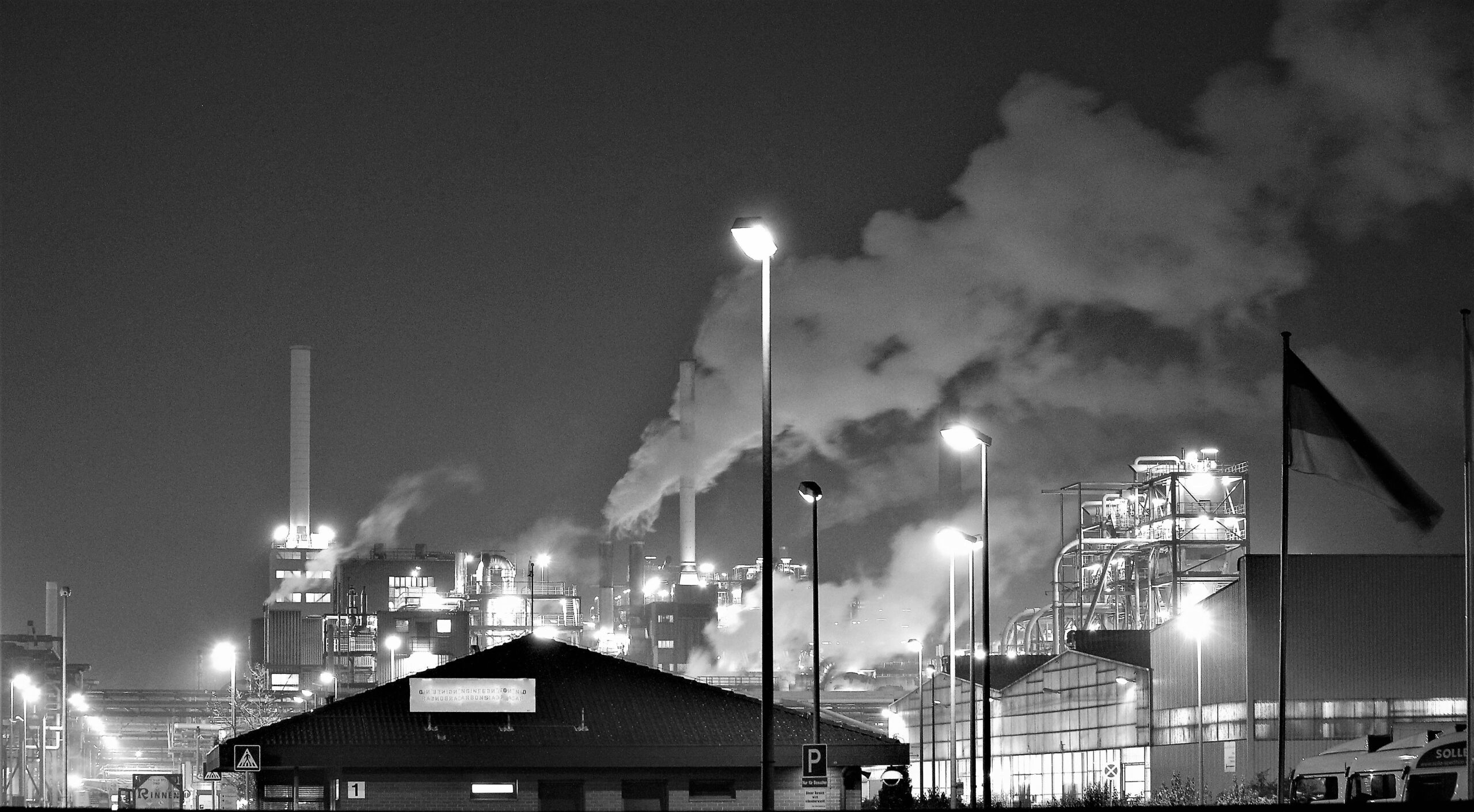“In 2020, about 68 million tons of pollution were emitted into the atmosphere in the United States.”*
To put this in perspective in a layman’s term example, one ton of ear corn equals 1,475 pounds. Multiply that times 68 million!
While we have moderate control over many aspects in our life, certain elements like air quality and its link to illness can in some respect, be out of our individual hands. But, when we link arms we can help make a change in the right direction.
Depending on where your career / family life takes you, the levels of smog in the region, water sources, and available medical options can be positive, sparse, or even highly detrimental to our wellbeing. Just for a few examples, recognized on the less healthy air end are Bakersfield, CA, and the Phoenix-Mesa, AZ area. Cleaner air quality regions would be Wilmington, N.C. and Charlottesville, VA.
Given the ratio of control we have, I find it important to contribute to our environment for the sake of today and the future. Our population’s health is tied so closely to it.
Small things like replacing your air filters regularly in your home, using a humidifier (so common with newborns – we should practice in our adult living spaces), servicing your car on schedule (mitigating those ungodly fumes), and putting your plastics in the blue recycle bin, make a difference.
I know many of us are busy thinking about what we need at the grocery store, how our family members are holding up through the winter snowstorms in the East, and the pending lab results from a medical exam. The environment is just as important.
What we can hope through small individual efforts and collective efforts such as using less plastic, tuning in to local and federal measures, and using our voice (via a letter to Congress, a letter to the editor of your newspaper, or leading by example on your neighborhood block), that day by day we each make decisions that benefit our environment, not take away from it.
When we bring children into this world, if we have friends who are much younger than ourselves, or we are passionate about animals – there’s got to be at least one reason each of us can find close to our heart that could serve as a catalyst to desire to protect our planet.
If your actions influence one person today, that’s one more person than yesterday. Say your message reaches 20, 1,000, or countless individuals – thank you for your contribution. I hope you recognize all the good you are doing.
Understanding the facts and finding your Why can lead to great change. I hope you pause and find your “Why.” Why do I want to be part of the positive change? Why do I want to recycle? How can I be more progressive with protecting the environment?
Once you find your Why – open the conversation with your neighbor, the parent in your school carpool pack, or your healthcare provider. I am a big supporter of allowing folks to live how they want to live, to hold the opinions they so wish, and not forcing anything upon anyone, but sharing positive change and ideas. Basically, that’s what my loved ones and I do.
There have been countless air quality events impeding citizens in the United States. Let’s take a look at a few of them, spanning coast to coast.
It was in the 1940s when Los Angeles, CA became “one of the first cities in the U.S. to experience severe air pollution problems then called ‘gas attacks.’”**
Again, in 1954 around 2,000 auto accidents in one day were caused as a result of air pollution.
It was in 1972 at a United Nations conference on the Human Environment where representatives of 113 nations came together to formulate plans for international action in an effort to protect the world’s environment.
Fast forward to 1985 when the U.S. EPA “estimates 50,000 streams in the U.S. and Canada are dead or dying because of acid rain pollution.”**
Along with events that have impeded citizens’ wellness, many Acts and Executive Orders have been established and implemented to achieve a more sustainable, healthier atmosphere for the world.
The Clean Air Act of 1963 served as a pivotal moment and first step in the right direction. Not only did it provide funds for research on sources and the impact of air pollution, but it was the first federal legislation that acknowledged and accepted that air pollution has no boundaries – it’s a problem at the local jurisdiction, state, and federal levels.
Seven long years later in 1970 Clean Air Act Amendments were implemented. Simultaneously a national campaign was launched to reduce air pollution.
The EPA has established national ambient air quality standards (NAAQS) and set standards for six of the most common air pollutants including carbon monoxide, lead, nitrogen dioxide, sulfur dioxide, ground-level ozone, particulate matter.***
Going back to finding a “Why”: Children are particularly at risk because “their lungs and other organ systems are still developing, because they may have a preexisting disease (e.g. asthma), and because they may experience higher exposures due to their activities, including outdoor play.”***
Here’s to hopefully all of us finding our “Why” and leading by example for a healthier, happier, more breathable future.
*https://www.epa.gov/air-trends/air-quality-national-summary
**http://www.dnrec.delaware.gov/Air/Documents/airqualityappx.pdf
***https://www.epa.gov/sites/default/files/2015-10/documents/ace3_criteria_air_pollutants.pdf
Coming next: The power of living in the now
Please consider sharing this article with family, friends, neighbors, coworkers. Let’s help each other reach optimal health.
